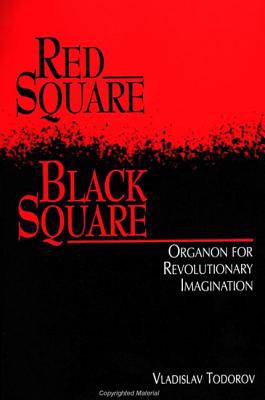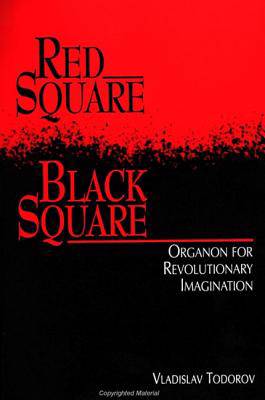
- Afhalen na 1 uur in een winkel met voorraad
- Gratis thuislevering in België vanaf € 30
- Ruim aanbod met 7 miljoen producten
- Afhalen na 1 uur in een winkel met voorraad
- Gratis thuislevering in België vanaf € 30
- Ruim aanbod met 7 miljoen producten
Zoeken
€ 145,45
+ 290 punten
Uitvoering
Omschrijving
This book builds a new vision of the development of Russian revolutionary culture, bringing together fiction, criticism, utopian projects, manifestos, performance and film theory, religious philosophy, and the imaginary space of communism centered around the Mummy of Lenin. Revolution and modernization are two main issues of the book. The author argues that in Modernism the work of art was conceived as a miniature of the world to come; thus, art was meant to make projects, not master-pieces. He analyzes the genre of the manifesto as a special rhetorical device of modernist discourse and shows how projects of biological and social engineering elaborate a vision of a future human type apt to exist under unprecedented conditions. Red Square, Black Square traces the process of totalitarian reduction of the modernist impulse into a rigid party doctrine. It follows the turbulent development of Russian Modernism through its categorical arrest under the official doctrine of "socialist realism." Moscow's Red Square is examined as a primal communist space that manifests the symbolism of power. Viewing communism as an aesthetically, not economically, motivated society, the book enacts "political aesthetics" as a discipline that provides the fundamental tool for an adequate and thorough understanding of communism. Todorov concludes by discussing the rise of nationalism in Eastern Europe as a post-communist condition, and the new mission of the intellectuals.
Specificaties
Betrokkenen
- Auteur(s):
- Uitgeverij:
Inhoud
- Aantal bladzijden:
- 200
- Taal:
- Engels
- Reeks:
Eigenschappen
- Productcode (EAN):
- 9780791421918
- Verschijningsdatum:
- 22/11/1994
- Uitvoering:
- Hardcover
- Formaat:
- Genaaid
- Gewicht:
- 462 g

Alleen bij Standaard Boekhandel
+ 290 punten op je klantenkaart van Standaard Boekhandel
Beoordelingen
We publiceren alleen reviews die voldoen aan de voorwaarden voor reviews. Bekijk onze voorwaarden voor reviews.











